Although this may come as a surprise, Peli actually knows a bit about whisky production. ‘Why is that?’ You may be wondering. Well, although some of us within the organisation do enjoy an occasional glass of Scotch, this has nothing to do with it. The reason really has to do with the whisky production process, which requires handling highly combustible fluids and vapours, meaning there is a constant threat of explosion in whisky distilleries. In fact, it has been said that the risks associated with storing casks of maturing whisky can be thought of as similar to those of the petrochemical industry. Thus, explosion proof devices are crucial to the production of whisky, such as Peli ATEX lighting systems.
Now that we’ve qualified ourselves by explaining how Peli Products and the whisky production process are linked, we’ll be covering just that, what whisky is, how whisky is produced and some of the different types of whisky.
What is Whisky?
Whisky is an amber-coloured distilled spirit that is made from fermented grain, usually made from grains such as rye, wheat, corn, or barley. Its origin is commonly thought to have been in Scotland, with the word whisky coming from the Gaelic word uisce beatha, meaning “water of life”.
Before bottling, whisky is aged in wooden casks. Whiskies tend to have a minimum of 40% alcohol by volume. There are several types of whisky, which can be distinguished from one another by their place of origin, grain type, blending process or aging process. Although each flavour of whisky will vary, it is commonly described as warm, spicy, sweet, toasty or caramelly in flavour.
What are the ingredients used in whisky?
Whisky is made chiefly from the aforementioned grain and water. Grain mash is the agricultural product that goes under the fermentation process, and depending on the grains used, will often dictate the flavours and the designation of the final product. For example, a Kentucky bourbon must have at least 51% corn while a rye whiskey should contain at least 51% rye. Water is added after the distillation process to achieve the desired alcohol by volume.
There are also optional additives that can be added during the distillation phase to create a specific character or appearance such as botanicals, spices, flavourings or colours.
Of course, the final ingredient is time. Whisky must be aged a specific amount of time, often a minimum of two or three years depending on the designation; however, it is commonly aged for up to 10 to 12 years by many producers.
How is whisky made?
Although producing whisky can be a complicated process, there is a basic process of which most whisky makers will follow:
- Create the fermentable base, the grain mash. Whisky makers will mix the grains, like wheat or rye, with water and yeast. The mixture is then heated and stirred, which creates the whisky mash.
- Ferment the mash. The mash is then stored for up to a few weeks to fully ferment the mixture. This process allows the compounds within the mash to break down, producing a simple and natural alcohol called ethanol.
- Strain the mixture. After fermentation, the liquid is strained from the fermented solids. The solids are discarded and the liquid, ethanol, is kept.
- Distillation. The distillation process is what purifies the liquid. This is done by heating and vaporising it, and then collecting the vapour as it recondenses into liquid. This process purifies the liquid by leaving behind many of the impurities previously present before distillation.
- Sort the distillate. Once the distillate is collected, the resultant liquid must be sorted. About 35% of the distillate is thrown out due to it containing methanol or acetone, which can be highly toxic. About another 35% is known as the “tails”. This portion of the distillate is impure but can be kept for further distillation. The last part is known as the “hearts” and is the highest quality part of the distillation process. This is what is kept for ageing and bottling.
- Aging. As mentioned previously, whisky must be aged for at least two to three years and in many cases, it is aged for more than a decade. There are different methods for aging, which includes the use of oak barrels, charred barrels or even barrels soaked in wine or sherry.
- Dilute the liquid. This may occur before or after the aging process and involves testing and diluting the product with filtered water to achieve the appropriate alcohol content.
- Bottling. Once the whiskey is ready it is bottled, which ends the aging process.
Types of Whisky
The types of whisky are distinguished by their place of origin, grain types, blending process or aging process.
- Scotch whisky. We’ll start with the whisky from Scotland, the birthplace of whisky. This whisky must be distilled, aged and bottled in Scotland. According to Scottish law, it must be aged for at a minimum of three years. Scotch producers tend to operate in five specific regions in Scotland. These regions are the Highlands, the Lowlands, Campbeltown, Islay or Speyside. Scotch usually has a smoky character which comes from peat, a dense moss that is burned during the distillation phase to dry the malted barley.
- Single-malt whisky. This whisky comes from a single distillery, containing only one type of malted grain. A malted grain, or malt, is a germinated cereal grain that has been dried in a process known as "malting". A bottle of a single-malt whisky may contain whiskies that come from various casks unless it is also a single-cask whisky.
- Blended whisky. A blended whiskey is, as the name suggests, a mixture of whiskies that may have been produced by different distilleries.
- Irish whiskey. Just across from Scotland, we have Ireland, which produces its own brand of whiskey. For it to qualify as an Irish whiskey, is must be produced from malt, grain and barley, be distilled, aged and bottled all in Ireland. Like Scotch whisky, it must be aged for a minimum of three years.
- Japanese whisky. Heading east, all the way on the other side of the world, we have Japanese whisky. This whisky is bottled in Japan but isn’t necessarily distilled or aged in Japan. The Japanese whisky movement was started by two Japanese men and their study of Scotch whisky specifically, thus many Japanese whiskies are more similar to Scotch in character. However, many Japanese whisky producers are more recently experimenting during the aging process with using indigenous Japanese oak, which has unique properties, giving it a distinct character separate from Scotch.
- Rye whiskey. Rye whiskey is often associated with whisky made in Canada, but doesn’t necessarily have to be produced there, while Canadian whisky isn’t always made from rye. Nevertheless, Rye whisky must contain at least 51% rye. Rye whisky is typically lighter-bodied and tends to be spicy and tingly.
- Canadian whisky. Speaking of the Great White North, this type of whisky must be produced in Canada and have a minimum of 40% alcohol by volume. It must be aged at least three years and in wooden barrels no larger than 700 litres. Canadian whisky tends to have truly diverse flavours between brands due to producers typically adding caramel or other additives.
- Bourbon. As an American whiskey, Bourbon is often produced in the U.S. state of Kentucky, although not exclusively. It must contain at least 51% corn and aged in newly charred oak barrels. This makes for a typically nutty flavour, as well as a mellow, caramelly sweetness.
- Tennessee whiskey. This is really just a subtype of bourbon but is slightly unique in that it is filtered through sugar maple charcoal before the aging process. This filtering process is known as the Lincoln County Process, which is how Tennessee whiskey gets its own unique flavour. Think Jack Daniels here ask an example.
As mentioned previously, Peli Products produces a wide range of explosion-proof advanced lighting tools that are ATEX and IECEx approved. Whisky production can be a dangerous process where potentially hazardous atmospheres exist. To learn more about Peli’s ATEX approved lighting tools, click on the button below to see our full catalogue.




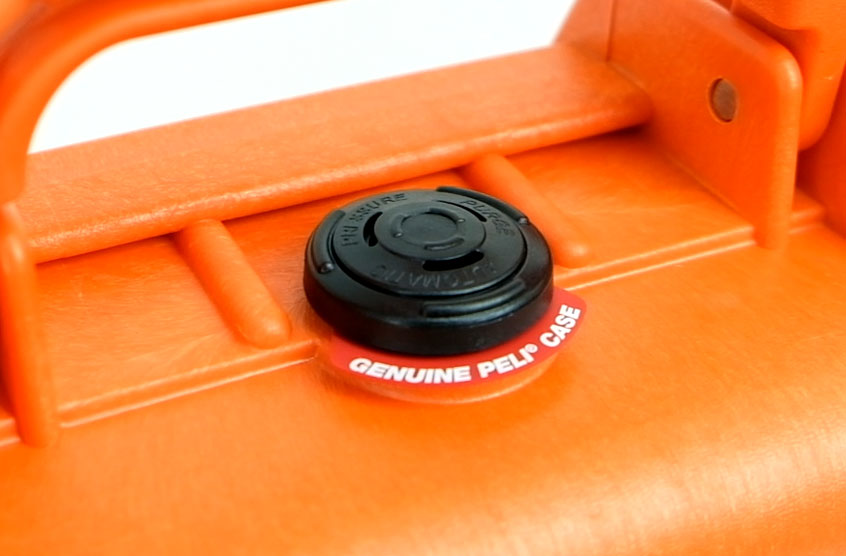
.png)





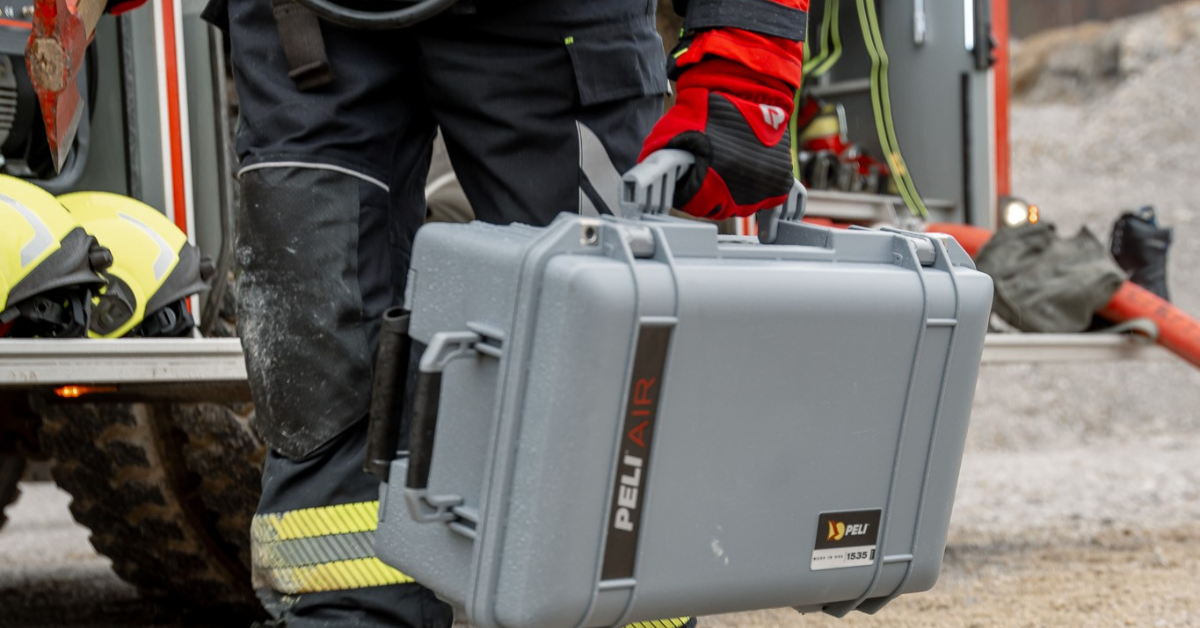
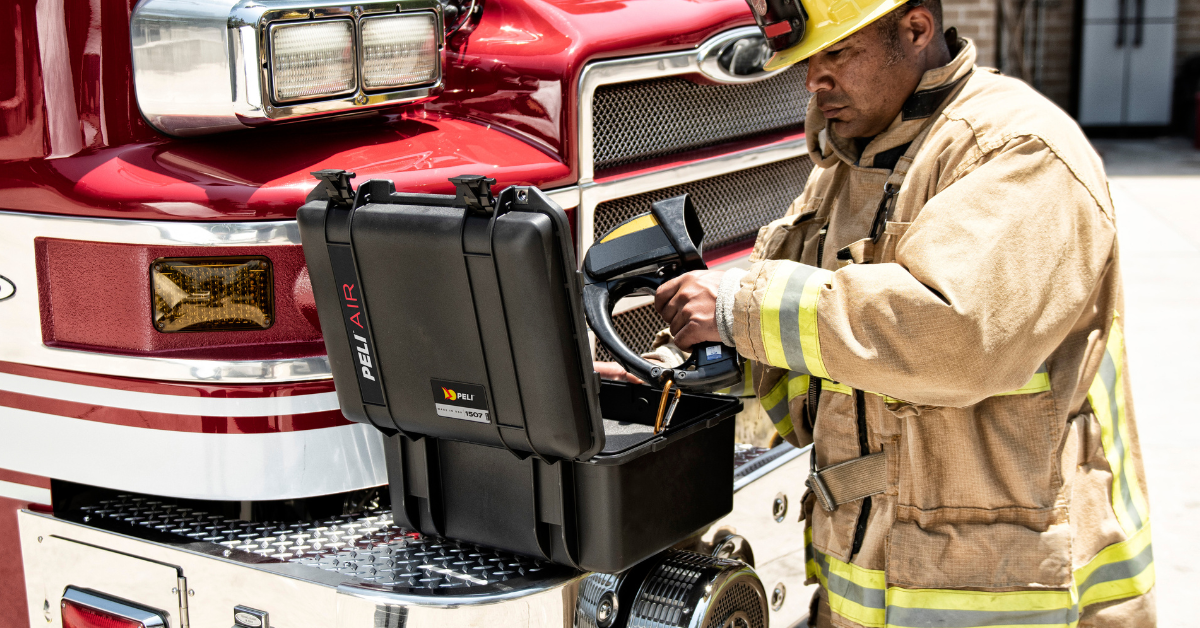
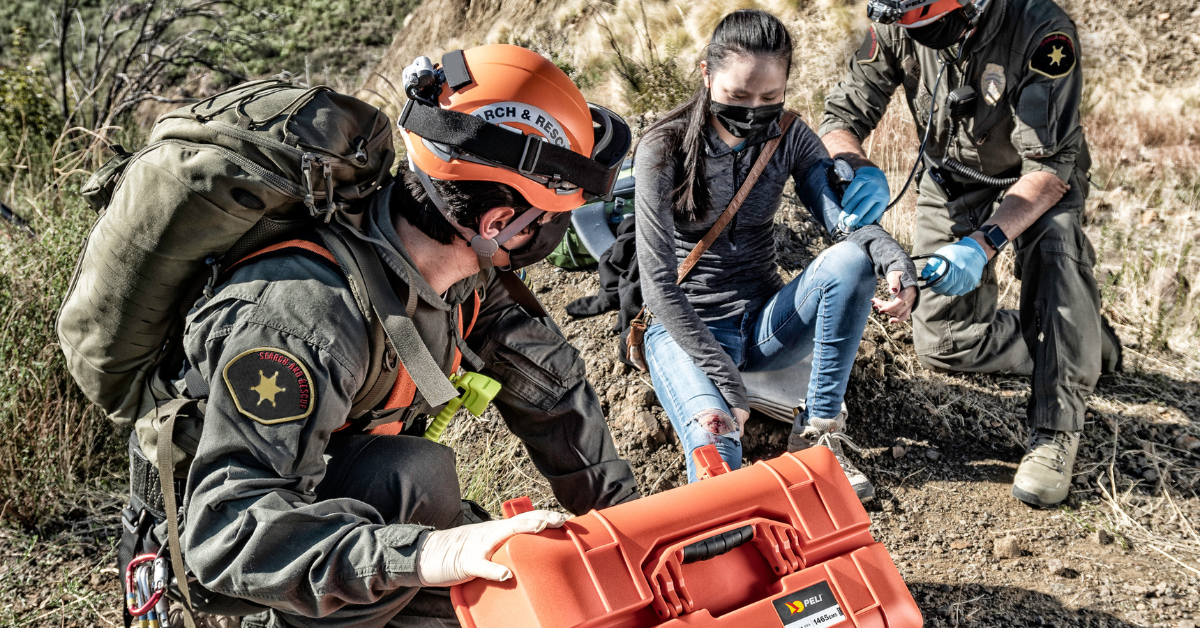
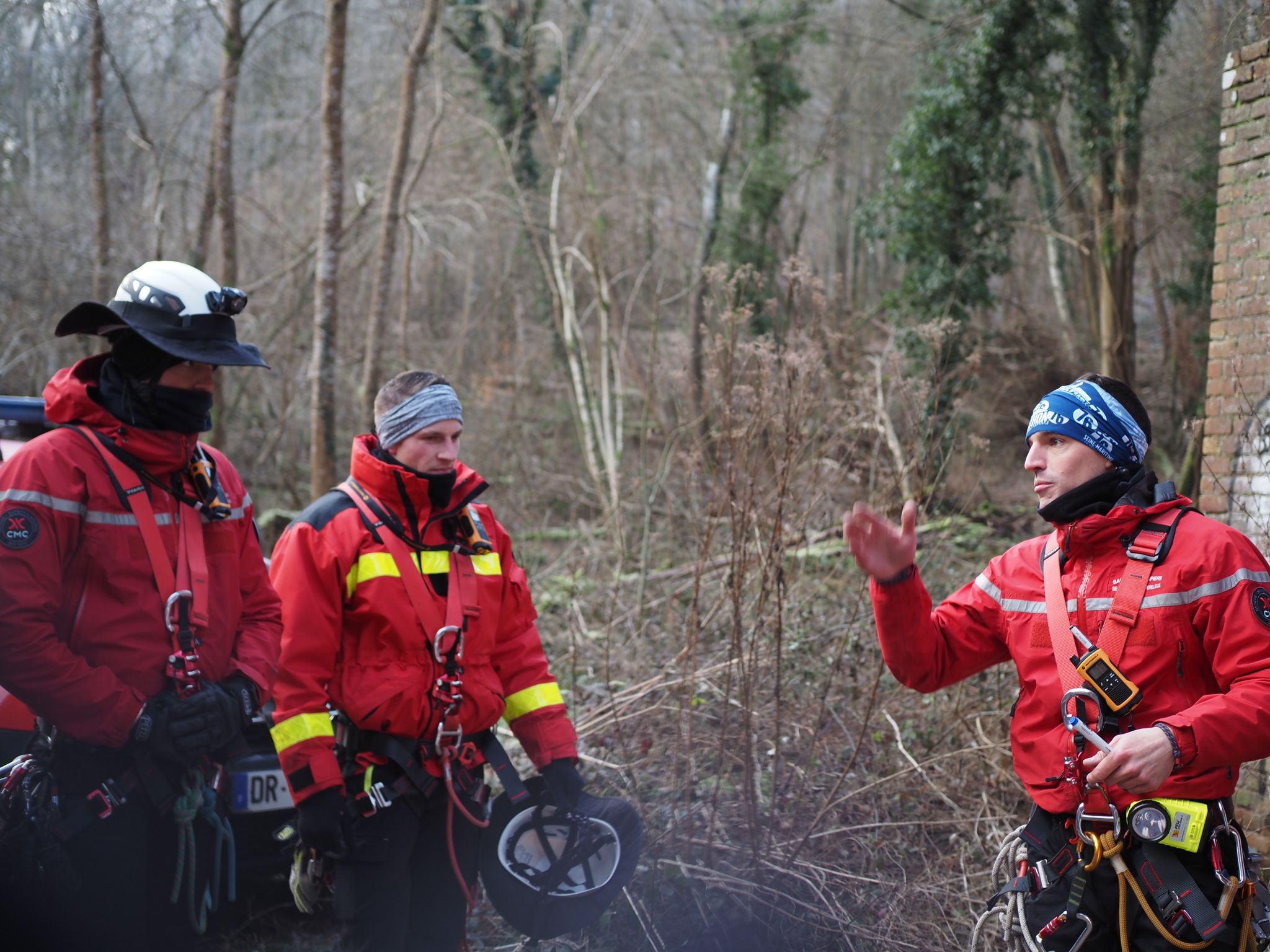
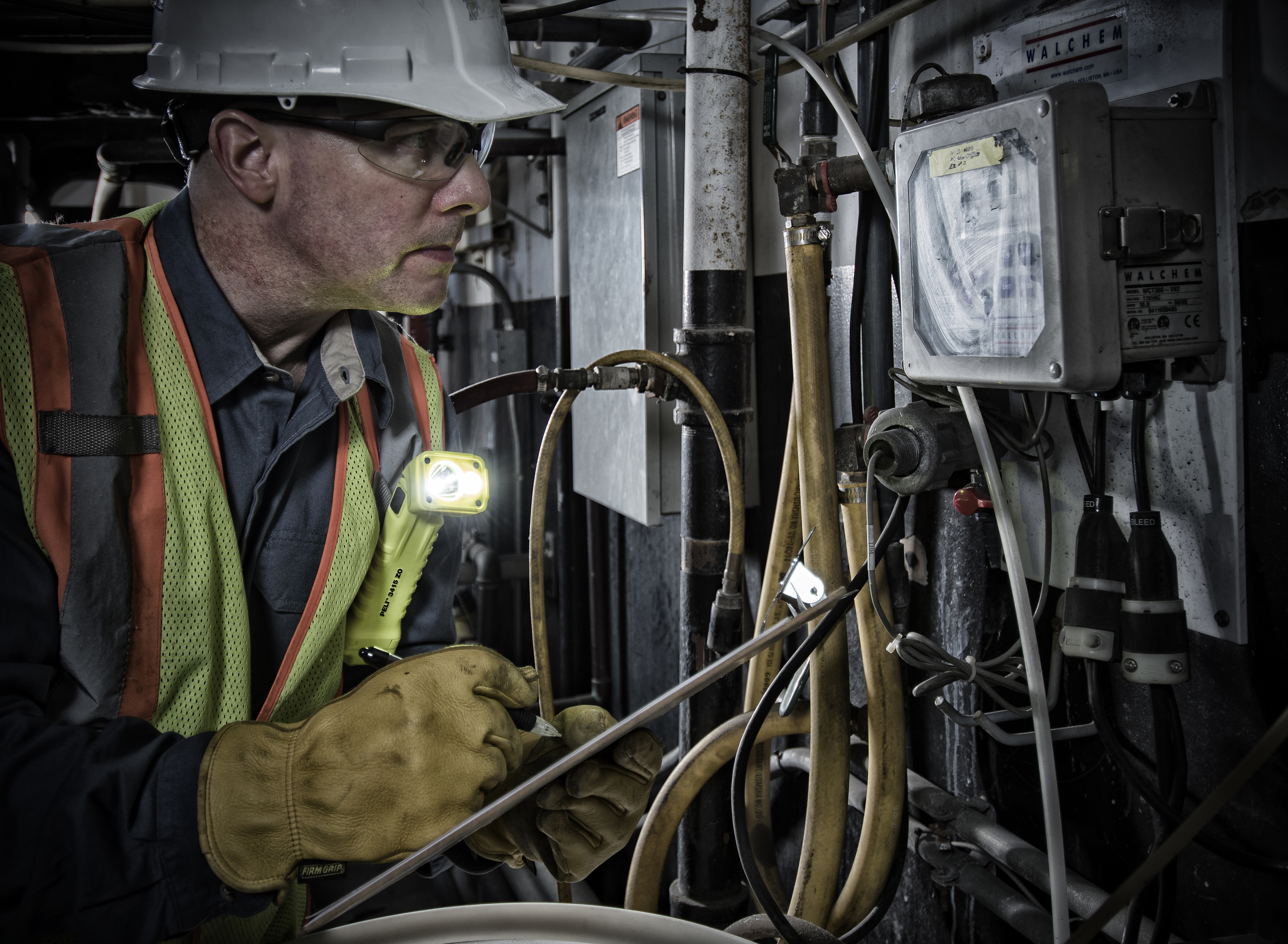
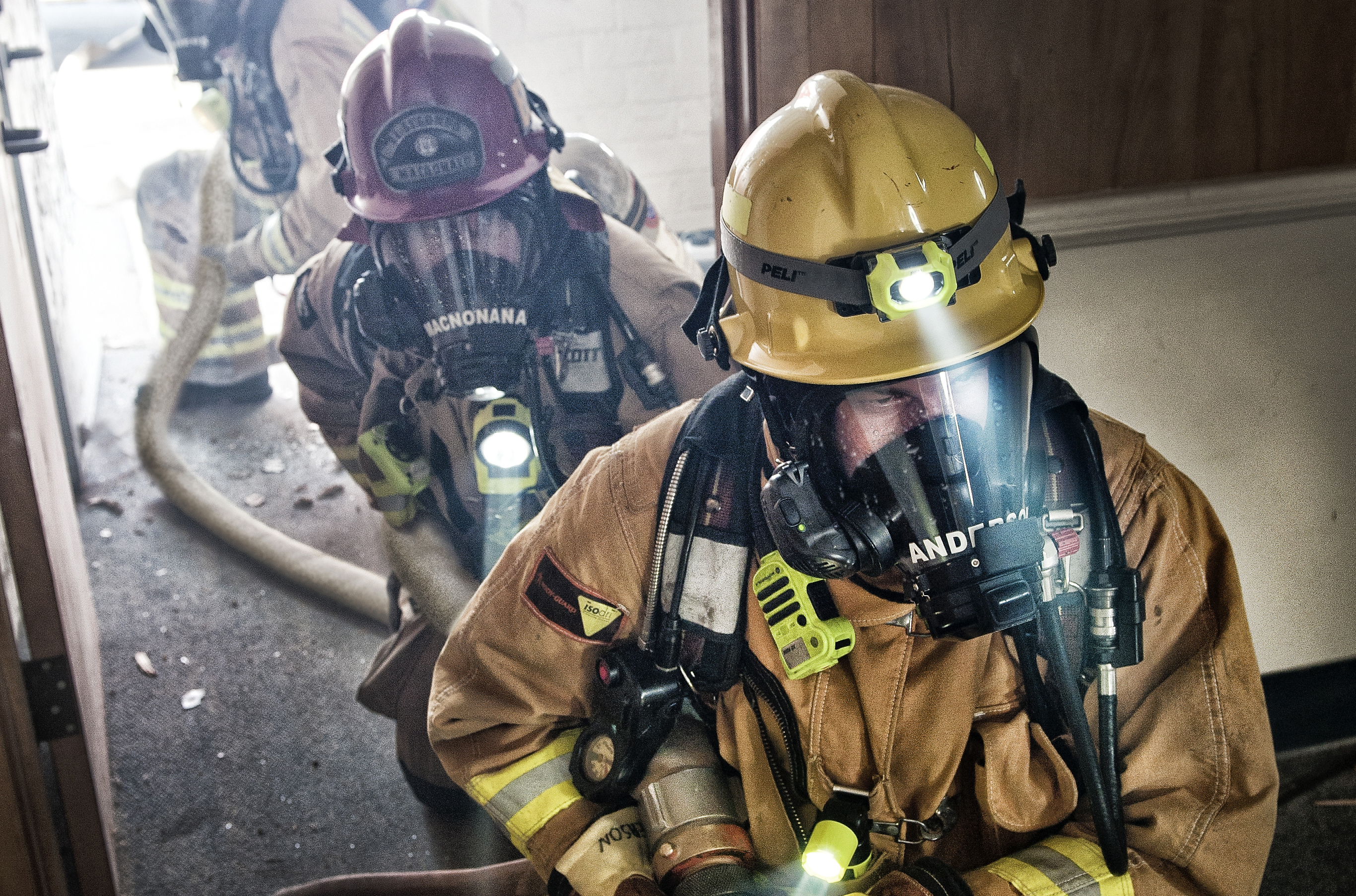

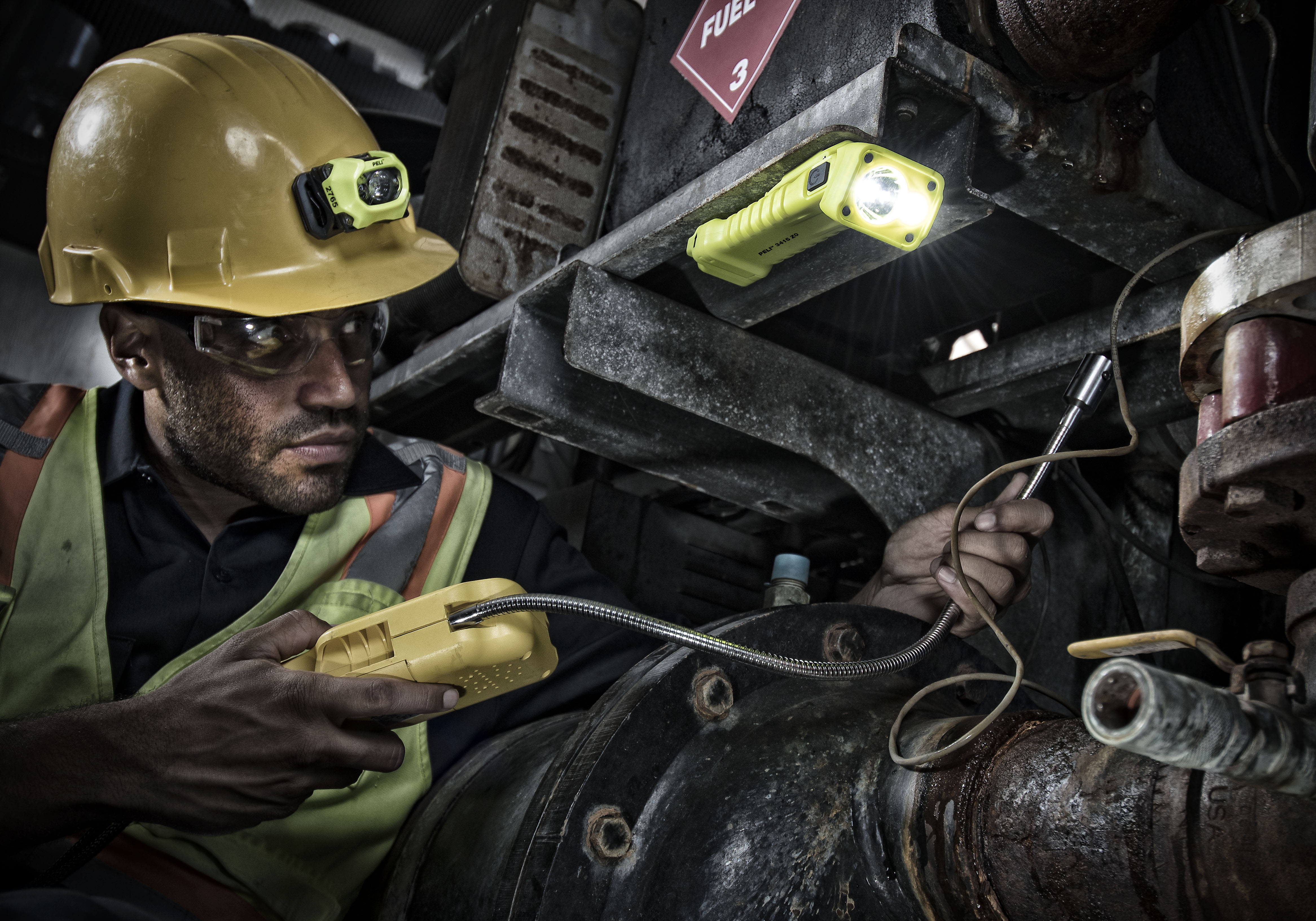

Post a comment